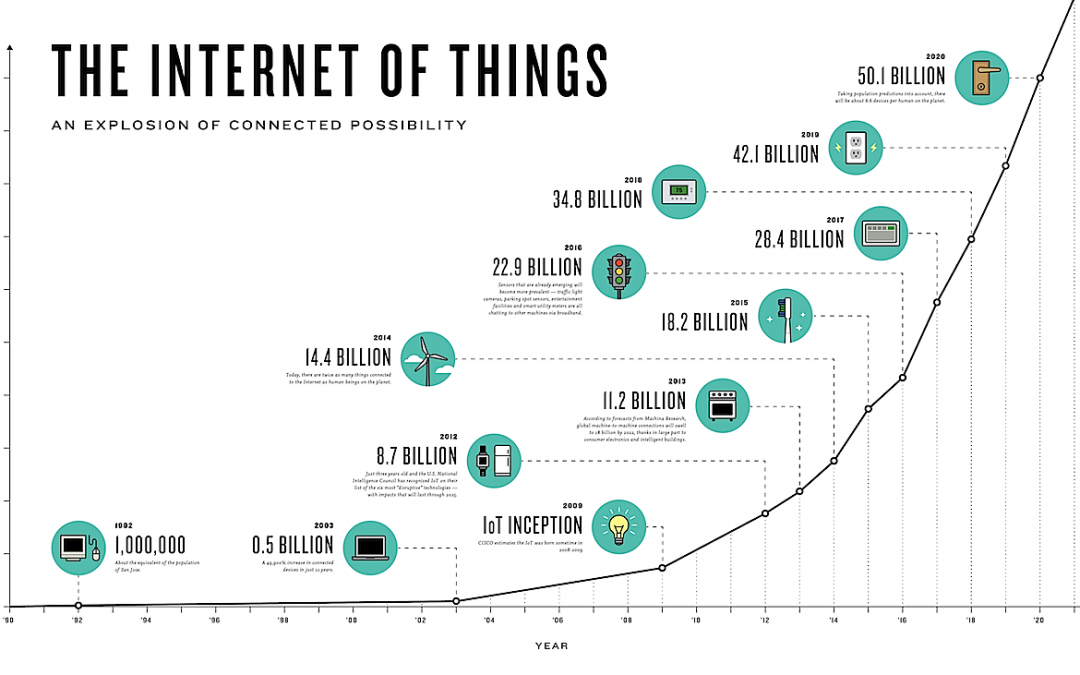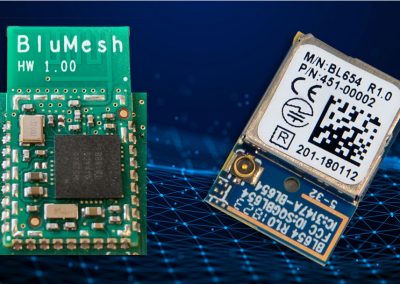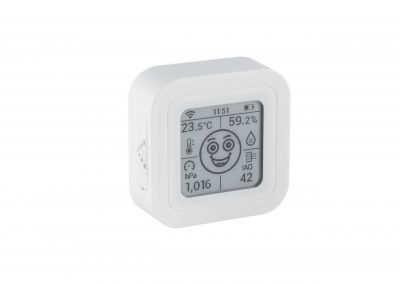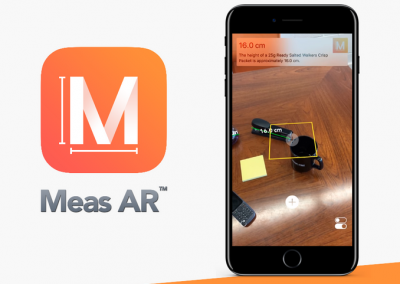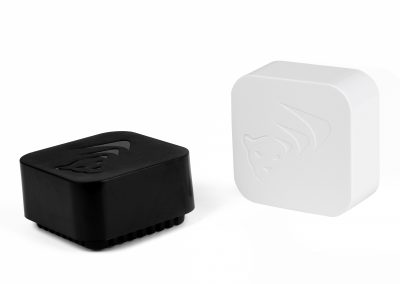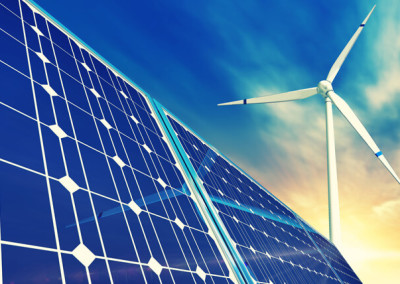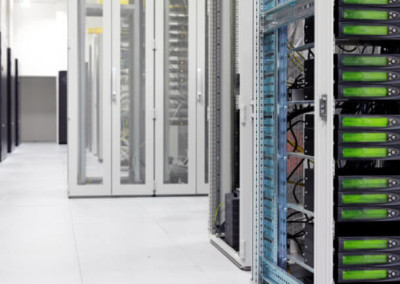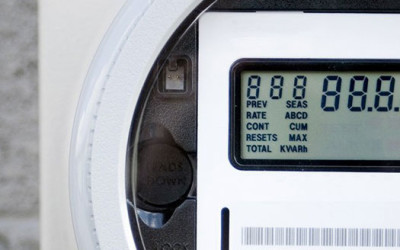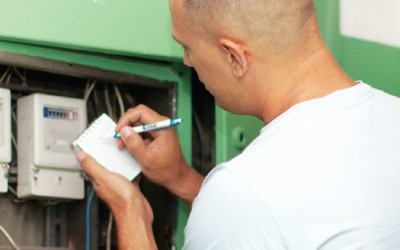So what could be the definition of IoT in todays world ?
IoT is a world where the connected smart assets and sensors that matter to you most can collect and share data and, in so doing, enable new insights that can transform your business and or lifestyle.
The sensors are mostly wireless utilising the popular Bluetooth, WiFi, GSM technologies that can provide easy access to the Internet.
Until recently, M2M or IoT was complicated and not easily available to consumers. Smartphones, mobile applications and the Cloud have been the main drivers to bring IoT to the consumer.
Smartphones have Bluetooth, WiFi and GSM technologies built into a single handheld device. Traditionally, the main purpose for these technologies was:
· GSM – making phone calls and sending text messages
· WiFi – Provide Internet access (emails, social networking, Internet browsing)
· Bluetooth – Hands free connection for phone calls, music streaming
With developments in all the technologies and services, the uses have been enhanced to include:
· GSM – Internet connectivity
· WiFi – Collect Data from Sensors, control remote devices
· Bluetooth – Collect Data from Sensors, control remote devices
As a result sensors and ‘consumer friendly’ devices are becoming available to connect to Smartphones and Internet Hubs in homes to send useful data to the Internet.
Some of the applications for IoT devices include:
· Patient Monitoring: The relevant monitoring devices are IoT enabled and doctors can monitor patient vitals without having to call the patient in.
· Health and Fitness: IoT enabled devices that send data from bands work on the wrists, chests, waists, legs to the Smartphone the user is carrying. User can monitor their exercise or sleep patterns and get advice by sharing the data with other users or advisors
· Social Networking: Wristwatches are available that become an enhancement to your Smartphone
· Home Comfort: Devices are available to monitor and report the temperatures, humidity level to you Smartphones. BluCub is one such device. With other devices added to the network, automatic heating control, lighting control, security can all be managed by the consumers
· Toys and Gadgets: Can be controlled directly from your Smartphones. This allows manufacturers to develop clever mobile applications and graphics as a powerful marketing tools for their products
· Retail: IoT devices can provide information on the product the consumer is standing close to so consumers do not have to spend too long to get full information on the product. The IoT devices can also be used to make the sale at that point, reducing the effort required for the consumer to take the product to the cash till to make the payment.
· Micro Location: IoT devices have been deployed in stadia where visitors can be guided to their exact seat
· Networking: IoT devices can be used to network people when they are in close proximity of each other. Mesh-Net have launced such a solution called ArMe (Around Me)
So where is this all going to go ?
Technology is part of our lifestyle today. It is being embraced by everyone and not just the B2B industry. Therefore your imagination is your limit. Mesh-Net have already developed products and mobile applications but they are only the tip of the iceberg. If you have any ideas and wish to discuss their potential and viability, please do not hesitate to contact us.
The email address to use is: sales@mesh-net.co.uk
Let’s go Invent tomorrow instead of worrying about what happened yesterday – Steve Jobs
Recent Projects
A Snap-Shot of Smart Metering
Smart Metering today is one of the most common words in the world of Metering. With the development in technology and availability of numerous chipsets for various functions, it is making true smart metering a reality. To understand the status of the industry, we...
Wireless Automatic Meter Reading
As the name implies, the term Automatic Meter Reading (AMR) is commonly used when your utility meters are read without any user intervention. Traditionally, meter reading required (and still common) personnel to walk to the meters and record the readings off the dials...
Intelligent Street Lighting Systems
A smart (or intelligent) street lighting system incorporates a network of street lamps that communicate with each other and provide consumption data to a local data concentrator. The data concentrator manages the network and collects the consumption data from the...

